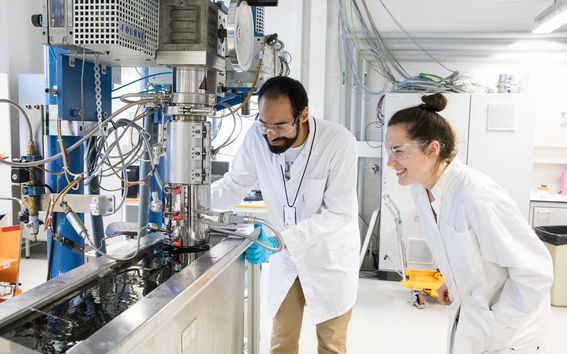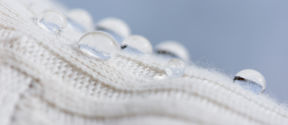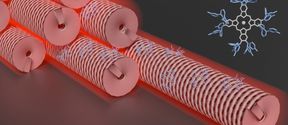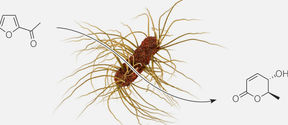A combination of wood fibres and spider silk could rival plastic
The unique material outperforms most of today’s synthetic and natural materials by providing high strength and stiffness, combined with increased toughness

Biomaterials could be utilised both in everyday living and for industry: textiles, household goods, air and water purification systems, catalysts, ultralight transports and energy recovery systems.
Today we already know the problems caused by highly synthetic, oil-based polymers. The problem of micro-plastics has already increased the demand for cellulose fibers in particular, and alternatives to plastics are also being sought in composites and packaging.
Forest biomass has the potential to be the super raw material of the future, which can replace fossil raw materials such as plastics and synthetic fibers, even cotton. According to calculations, the value of Finnish forestry exports can be doubled if biomass is used for higher value-added products.
Biomaterials have strong potential also in the health care and food industry. Orlando Rojas, Professor of Biobased Materials, gives five examples (The Aalto Effect, 2019):
Aalto University’s goal is to promote the application and development of materials research in for example the fields of technology, energy, health, design and business.
By donating to biomaterials research, you are helping our researchers develop solutions that lead humanity towards a more sustainable future.
Please contact our Donor Engagement team for further information about donating.

The unique material outperforms most of today’s synthetic and natural materials by providing high strength and stiffness, combined with increased toughness

CHEMARTS exhibition showcases fascinating recyclable prototypes which are toxic-free, recyclable and don't release micro-plastics.

There is a lot of potential in new material innovations also in fashion. The more you can control the material the better.

Aalto University researchers have made a non-toxic coating solution with wax obtained from Brazilian palm tree leaves.

A recent study shows that native viruses can be employed as a scaffold to immobilise photoactive molecules to potentially oxidise organic pollutants present in wastewater, under visible light irradiation

How can bio-based materials be adopted as an alternative to synthetic plastics on an industrial scale? Is it possible for environmentally friendly textile production to be profitable?

A large group of representatives of industry took part in the Industry Meets FinnCERES event on 5 November 2018 at Paasitorni in Helsinki.

Natural catalysts convert simple biorefinery chemicals into high-value functional synthetic building blocks.
Bacterial cellulose can be used in food, cosmetics and biomedical applications, such as implants and artificial organs.
Broad-based bio-competence is Finland's success factor for the future.